DEBORAH STRATMAN
The Willamette meteorite. A 14-ton hunk of nickel iron that looks like an accidental spaceship, delivering children a century forward in time.
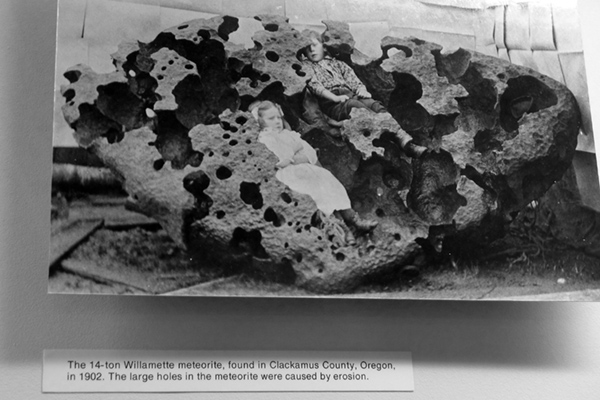

As it turns out, its stowaway cavities aren’t a product of scorched entry, but of sitting and rusting away for centuries in a soggy Oregon forest.
In the top 1902 image, the meteorite is outside, sitting on dirt and surrounded, curiously, by large sheets of creased paper. A kind of protean set. The second image (1911) was taken after the meteorite was moved to a museum. I like the backdrops as much as the meteorite.
Earlier in its career, the meteorite had been dragged to the property of Ellis Hughes, the Welsh fellow who found it. Hughes had tried but failed to raise enough money to purchase the land where it sat. So he stole it off property that was owned, ironically, by the Oregon Iron and Steel Company. To keep his find secret, Hughes worked covertly with his son, their horse, a log cart and a rudimentary capstan-winch arrangement. It took them three months to exhume and haul the thing three quarters of a mile. Once Hughes had it in the yard, he built a shack around it and started charging twenty-five cents for a look. Coincidentally, one of the early visitors happened to be the Oregon Iron and Steel Company Attorney, who figured out the attraction had been pilfered, presumably by following disturbed ground back to a pit on OIS property. The case went to court. While it was in litigation, another neighbor tried to get in on the action, claiming he was the rightful owner by citing evidence of a giant crater in his yard. But that case was dismissed when neighbors reported heavy blasting the week before.

Comets are funny to me.
They’re like dumb magicians.
Metal space potatoes.
Galactic griots.
Freeloaders.
Interventionists.

When something’s outside the system of things it can become a messenger. A rip happens in meaning’s fabric, and no matter how mute or inscrutable the guest that appears through the breach, it’s oracular.
I found this glob in the newspaper. Embedded in a passage about risk and fear. Was it in everyone’s paper that week?
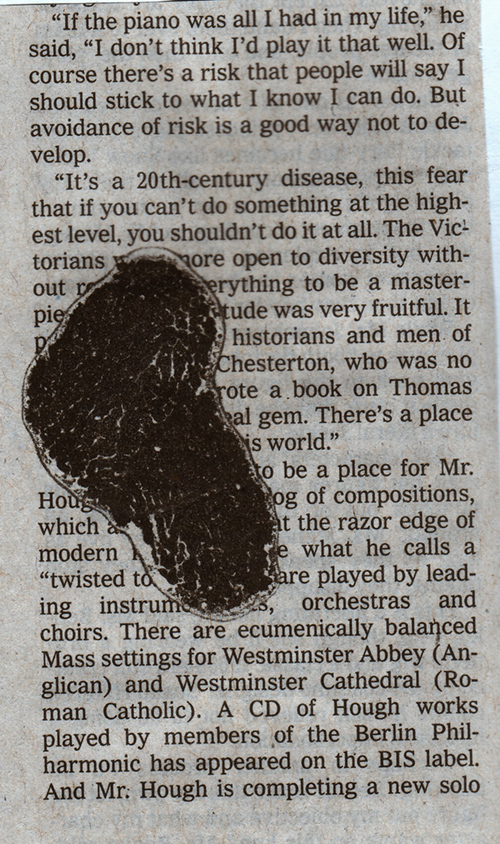




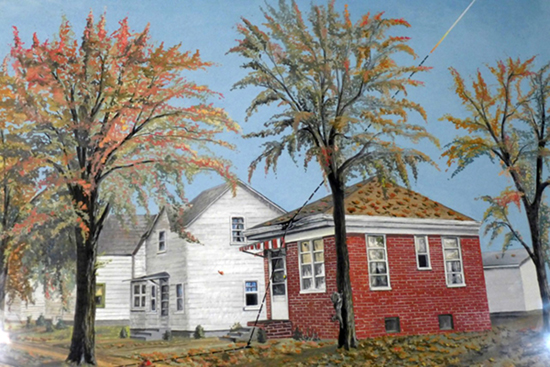
NASA image of piece of junk orbiting Earth at 35,000km
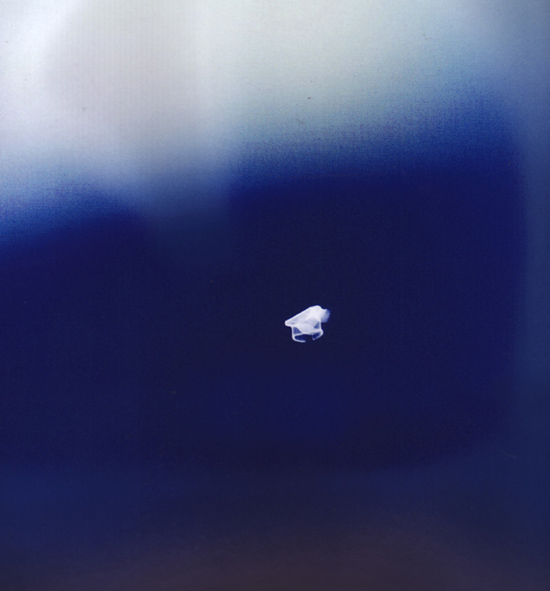
I took these shots at the Computer Museum in Mountain View, CA when I was there with my family a few weeks ago.


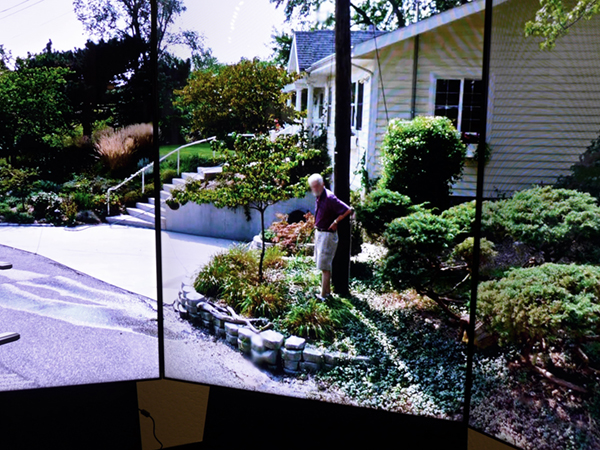
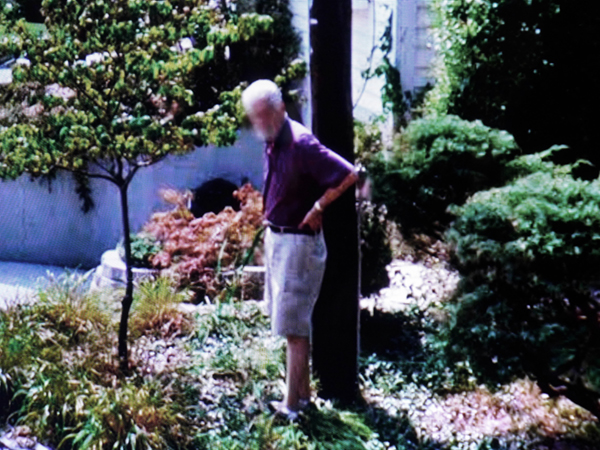
Why is the spatiotemporal hiccup of my dad encountering his collateral mapped self so surreal?
At first I thought it’s because Google Earth images don’t register as ‘the past’. They seem a bit sentient, part of a giant responsive image net. Which puts dad in two places at once, on parallel forking planes of present. Borghes.
But it’s also because his blurred face always confronts the camera. He appears to see himself, or something, in the future. Marker.

Which made me think about a Klein bottle, if the bottle weren’t the bottle but the gaze.

—
Deborah Stratman was born in Washington DC in 1967. She makes films and artworks that investigate power, control and belief, considering how place, thought, and society are intertwined. Recent projects address freedom, exodus, sinkholes, raptors, orthoptera, surveillance, telekinesis, public speech, reenactment, levitation and faith. She lives in Chicago where she teaches at UIC.
